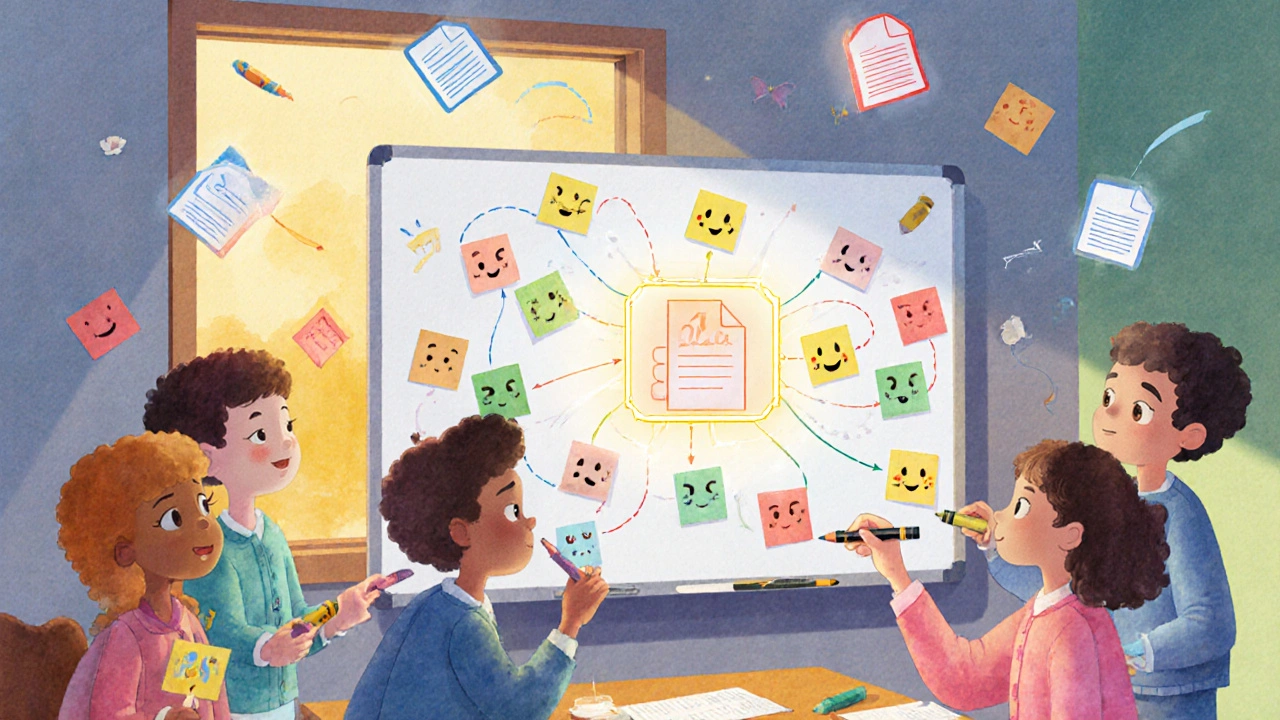Zoom Whiteboard: How to Use Digital Whiteboarding in Video Calls for Better Collaboration
When you need to explain an idea fast—like a flowchart, a layout, or a quick sketch during a meeting—you don’t want to switch apps or send files back and forth. That’s where the Zoom whiteboard, a real-time digital canvas built into Zoom meetings for drawing, annotating, and collaborating visually. Also known as virtual whiteboard, it turns a video call into a shared workspace. You can use it whether you’re in the office, working from home, or on the road. No extra software needed—just click the whiteboard button in your Zoom meeting and start drawing.
It’s not just for designers. Teachers use it to explain math problems. Project managers sketch timelines. Sales teams map out customer journeys. Even remote teams doing stand-ups doodle ideas on the board to keep everyone aligned. The digital whiteboarding, the practice of using online tools to create and share visual ideas in real time feature works with touchscreens, mice, and even styluses. You can add text, shapes, sticky notes, and arrows. Participants can draw at the same time, so ideas flow faster than typing in chat.
But here’s the catch: Zoom whiteboard isn’t magic. It doesn’t replace a full design tool like Figma or Miro. It’s meant for quick, live collaboration—not long-term project storage. That’s why most teams use it alongside other tools. You sketch an idea on the Zoom whiteboard, then take a screenshot and drop it into Slack or Google Docs. It’s the visual bridge between talking and doing.
Some users wonder if it’s worth using over a shared screen. The answer? Yes—if you want people to actively participate. Sharing your screen lets others watch. The whiteboard lets them add. That shift from passive to active changes how teams think together. A study from Stanford’s Hasso Plattner Institute found that teams using visual collaboration tools solved problems 30% faster than those relying only on voice or chat.
And it’s not just about drawing. You can save the board, export it as an image, or even reopen it in a later meeting. That makes it perfect for follow-ups. No more saying, "Wait, what did we draw?" You’ve got the visual record.
There are limits, though. Free Zoom accounts only get 60 minutes of whiteboard use per meeting. If you’re on a paid plan, you get unlimited time. Also, if someone joins late, they won’t see what was drawn before they joined—unless you save and share the image. And if your internet’s shaky, drawing can lag. But for most teams, these aren’t dealbreakers. They’re just things to know.
What you’ll find in the posts below are real setups, common mistakes, and workarounds from people who use Zoom whiteboard every day. You’ll see how schools use it for remote tutoring, how startups run sprint planning on it, and how support teams sketch solutions during client calls. No fluff. Just what works.
